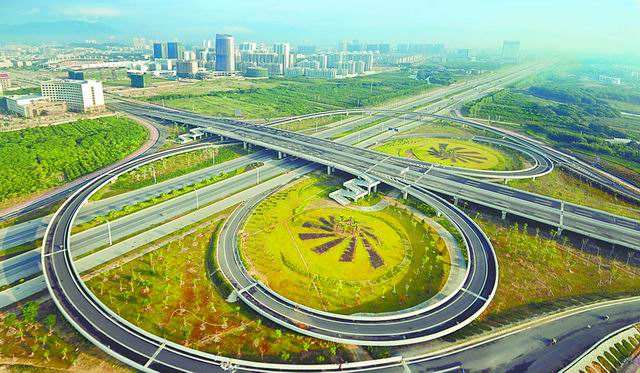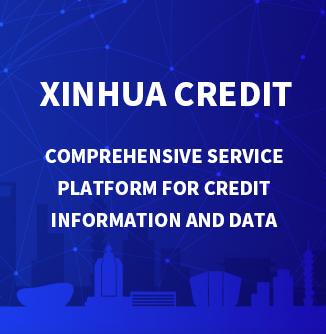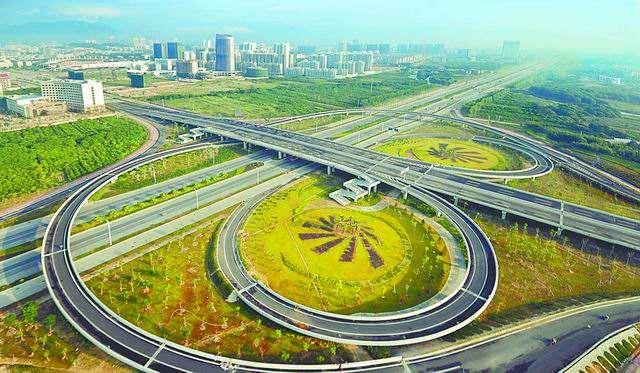
BEIJING, June 29 (Xinhua) -- China and countries along the Belt and Road routes have been making strides in infrastructure cooperation since the proposal of the Belt and Road Initiative.
At the 9th International Infrastructure Investment and Construction Forum (“the forum”) recently co-hosted by China International Contractors Association (CHINCA) and Macao Trade and Investment Promotion Institute (IPIM), industry insiders suggested that China should boost financing in domestic currency to lower foreign exchange risks in infrastructure investment and foster local capital market.
“Both the size and number of Belt and Road projects are increasing. Rough data show that the number of infrastructure projects under the initiative increased from 785 in 2016 to 1,694 in 2018, and the investment amount almost doubled from 784 billion dollars to 1.4 trillion U.S. dollars.” Caterpillar Global Vice-president Chen Qihua stated in an interview with the 21st Century Business Herald. “The next focus will be how to ensure sustainable construction of the Belt and Road which includes financing channel, sustainable operation of projects, and the solvency of countries along the route.”
-- Huge infrastructure construction investment demand
Insufficient money channeled to infrastructure construction is a major challenge for emerging markets and developing countries to achieve sustainable growth. These countries demand at least 10.6 trillion U.S. dollars for improving infrastructures between 2016 and 2020, according to the Development Research Center of the State Council. It excepts China need roughly 1.4 trillion dollars. There is a critical shortage of investment and financing.
The Belt and Road Initiative create opportunities in infrastructure development. According to Zhao Ai, director of the Western Development Department of the National Development and Reform Commission, the China Development Bank (CDB) has by far provided more than 100 billion U.S. dollars for the initiative, and the Export-Import Bank of China offered over 130 billion U.S. dollars. In addition, 10 Chinese banks have set up 67 branches in more than 20 countries along the routes to fund the infrastructure construction.
-- Innovate financing modes
International multilateral financial institutions have contributed a great deal to optimizing financial conditions for trans-national infrastructure development under the Belt and Road Initiative. Luky Eko Wuryanto, vice president and chief administration officer of the Asian Infrastructure Investment Bank (AIIB), said that multilateral development institutions can facilitate financing and reduce risks for a stand-alone project. In addition to sufficient capital supply, they should help build developing countries’ ability in project implementation and operation.
Multilateral development banks should come up with more innovative financial options such as collateral, equity financing, and fund, added Alexandre Meira da Rosa, vice president of Inter-American Development Bank.
Governments or multilateral development financial institutions alone are unable to plug that giant money gap, and the community is focusing on how to leverage the social capital, which has long ignored infrastructure projects. According to IMF, institutions across the globe are managing assets valuing more than 12 trillion U.S. dollars, but only a small fraction is invested in building infrastructure for developing countries.
Lin Jingzhen, vice president of Bank of China, held that a well-functioning market for equity transaction, investment and financing that is open to global investors is a must to attract social capital.
-- New modes to increase anti-risk ability
Chinese enterprises are globally competitive in infrastructure. According to White Paper: International Infrastructure Cooperation under the Belt and Road Initiative co-released by China Development Research Foundation (CDRF) and CHINCA, Chinese engineering contractors have reaped sound, steady economic returns from infrastructure cooperation, and at the same time improved their capacity in international operation, ensuring win-win results with host countries. Statistics show that 65 Chinese enterprises reaped nearly one hundred billion U.S. dollars in international revenue in 2017.
For Chinese enterprises, the biggest change since the Belt and Road Initiative introduced is the transformation from the single mode of engineering construction to the integration of investment, construction, and operation, said Li Yanming, deputy general manager of POWERCHINA, in an interview with the 21st Century Business Herald. Given various economic conditions of countries along the routes, it is difficult for traditional EPC model to meet new market demand. The model which drives construction through investment is playing an increasingly important role in infrastructure development.
There remain many challenges for infrastructure construction and development. According to the 2018 Report on Infrastructure Development Index of Countries along the Belt and Road jointly developed by CHINCA and Dagong Global Credit Rating, the changes in the global political and economic pattern, and rising protectionism in international trade and investment have exerted influence upon existing multilateral or bilateral cooperation mechanism. Meanwhile, the regime changes in some countries have added to the uncertainty in international infrastructure cooperation.
In 2017, the People's Bank of China has signed a bilateral national currency swap agreement with the central banks in Swiss and Russia to reduce foreign exchange risk and ensure fund security of cross-border infrastructure projects.
In addition, international infrastructure investors and constructors need to improve their overall capacity for the changing situation. (Edited by Niu Huizhe, niuhuizhe@xinhua.org)




 A single purchase
A single purchase







